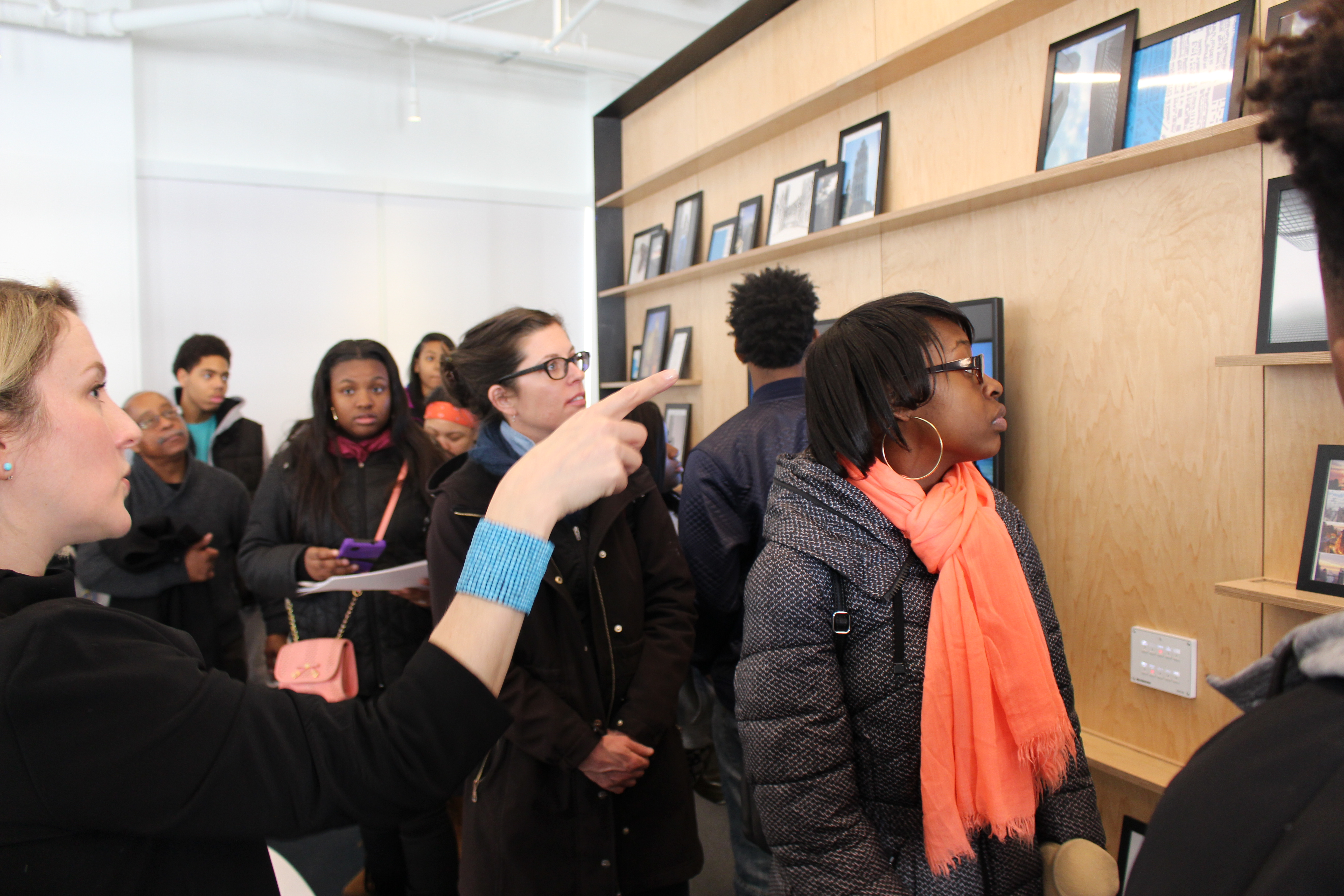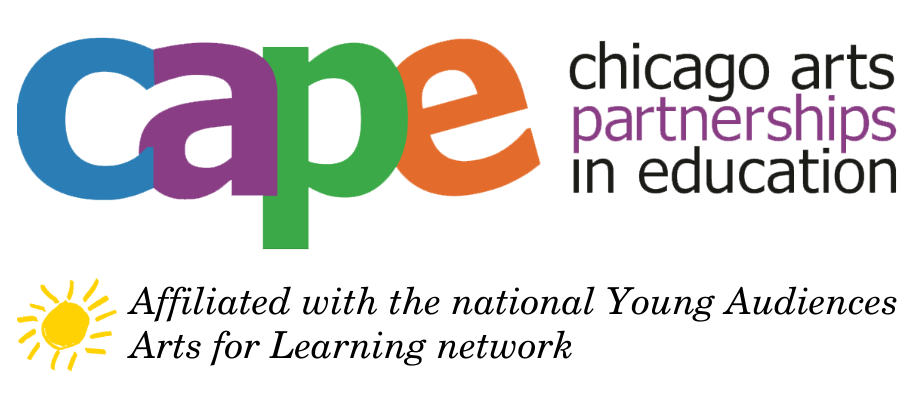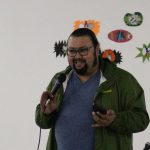CAPE Classrooms: The Overton Project
In the 2015-2016 school year, students from Daniel Hale Williams Preparatory School of Medicine worked on a unique project that considered the question of what to do with a closed Chicago public school, Overton Elementary. These mixed grade (freshman through senior) students met in the classroom of Williams Prep Art and Design Teacher Phil Cotton,, who facilitated the project with CAPE teaching artist Margy Stover and CAPE Education Director Scott Sikkema. Students took on the challenge of re-conceiving and re-purposing spaces within the closed Overton school building. As they did this, they questioned, what is school? What is the relationship of school and community? How do public spaces contribute to and create community? How can we build community with our ideas and work?

Students studied the architectural spaces of Overton, and thought about the connections between structure and function. They went to Perkins & Will, the original architecture firm that designed Overton (which opened in 1964 and closed in 2013), a firm which is still open today. They went inside the school itself, to examine more closely its floor plans, use of light, and architectural details. They had extensive conversations about Overton with the building’s new developer, Ghian Foreman, of Washington Park Development Group LLC.

The class also discussed and recorded the personal meanings school has for all of us. Schools are places of memories, of learning, and of connecting to each other and our communities. Students thought and wrote about these ideas, and gained inspiration for their ideas for renewing Overton as a vital, living part of the neighborhood. From there, they created 2-dimensional architectural plans to include in their proposals for new uses for the building, and built models, accurate to their finished drawings and scaled proportionately to the building. While all of the proposals varied greatly, they all connected to the Bronzeville community itself, through such ideas as a cooperative healthy foods store, with spaces for nutrition and cooking classes, and a shoe “library” that would allow youth to check out the latest in shoe trends for temporary use.

In addition, students used their memories about school and their understanding of school itself as a concept to design installation art that would be put in place at Overton. One large installation went up several floors and uses translucent colored fabric and organic shapes to comment on the transparency of the building and to contrast with its high degree of readily perceptible, repeated structures. Another installation featured a tent in one of the classrooms, with cushions, old school texts, and notebooks inside to evoke sensations of childhood, protection, and memories. In another large room, suspended paper airplanes crisscrossed the entire space in multiple directions. Each of these paper airplanes, folded by the students, was made out of old public school worksheets.

This project was supported by the 2015 Learning is a Lifestyle Project at the Chicago Art Department, with funding from the John D. and Catherine T. MacArthur Foundation. CAPE wishes to thank the Polk Bros. Foundation and Target for their support on this project.




